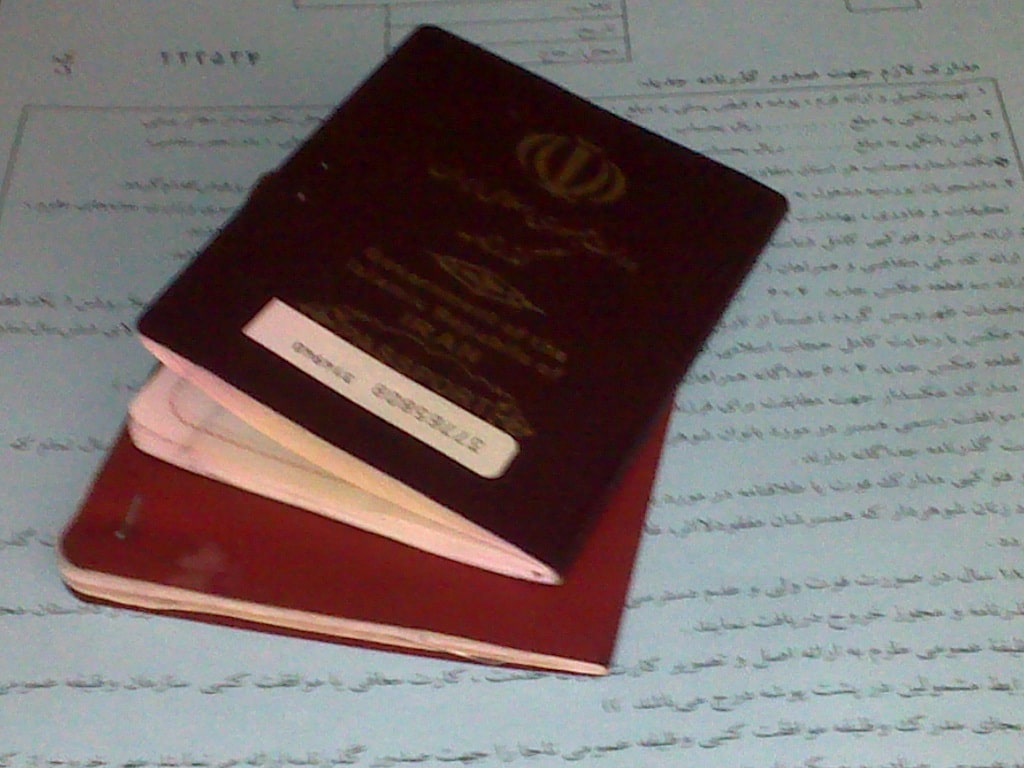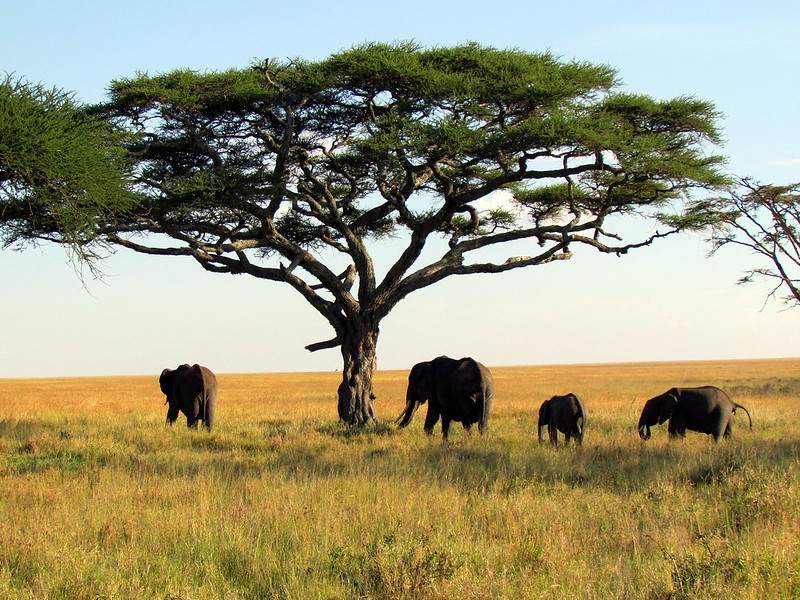Renewing your passport doesn’t have to be a dreaded task. With proper guidance and understanding of the process, you can deal with it smoothly and efficiently. Whether you’re renewing for the first time or need a refresher, this step-by-step guide will walk you through everything you need to know, ensuring that you have everything you need to renew your passport hassle-free. Continue Reading
Welcome to the enchanting world of Ancient Rome, a city brimming with history, culture, and architectural grandeur. From the moment you set foot in its cobbled streets, you are transported back to an era of emperors, gladiators, and monumental achievements. Each corner of this historic city tells a story of a glorious past, making it an unforgettable destination for travelers. One of the most iconic landmarks that encapsulate the essence of Rome’s rich history is the Colosseum. This marvel has captivated the imaginations of visitors from around the globe for centuries. Continue Reading
Why Africa is a Top Travel Destination
Africa is a top destination due to its unparalleled natural beauty, diverse cultures, and rich history. From the Sahara Desert to the coastal gems of Cape Town, the continent offers travelers a wide range of experiences. Adventure seekers can embark on thrilling wildlife safaris while history enthusiasts explore ancient sites like the pyramids of Egypt. Continue Reading
Introduction to Travel Savings
Excitement soars at the thought of traversing the globe, sinking one’s toes into unfamiliar sands, or navigating the bustling streets of a city pulsating with life. Yet, the financial aspect of it can often feel like a grounding force. Fortunately, the modern traveler has many online tools and platforms at their fingertips that, when used judiciously, can unveil a world of savings. Leading platforms like Priceline serve not just as gateways to destination dreams but also as treasure troves of deals and discounts that help make travel more accessible. True cost-efficiency in travel is grasped not by simply slashing budgets but by understanding the intricate dance of supply, demand, and timing in the travel industry. Continue Reading




